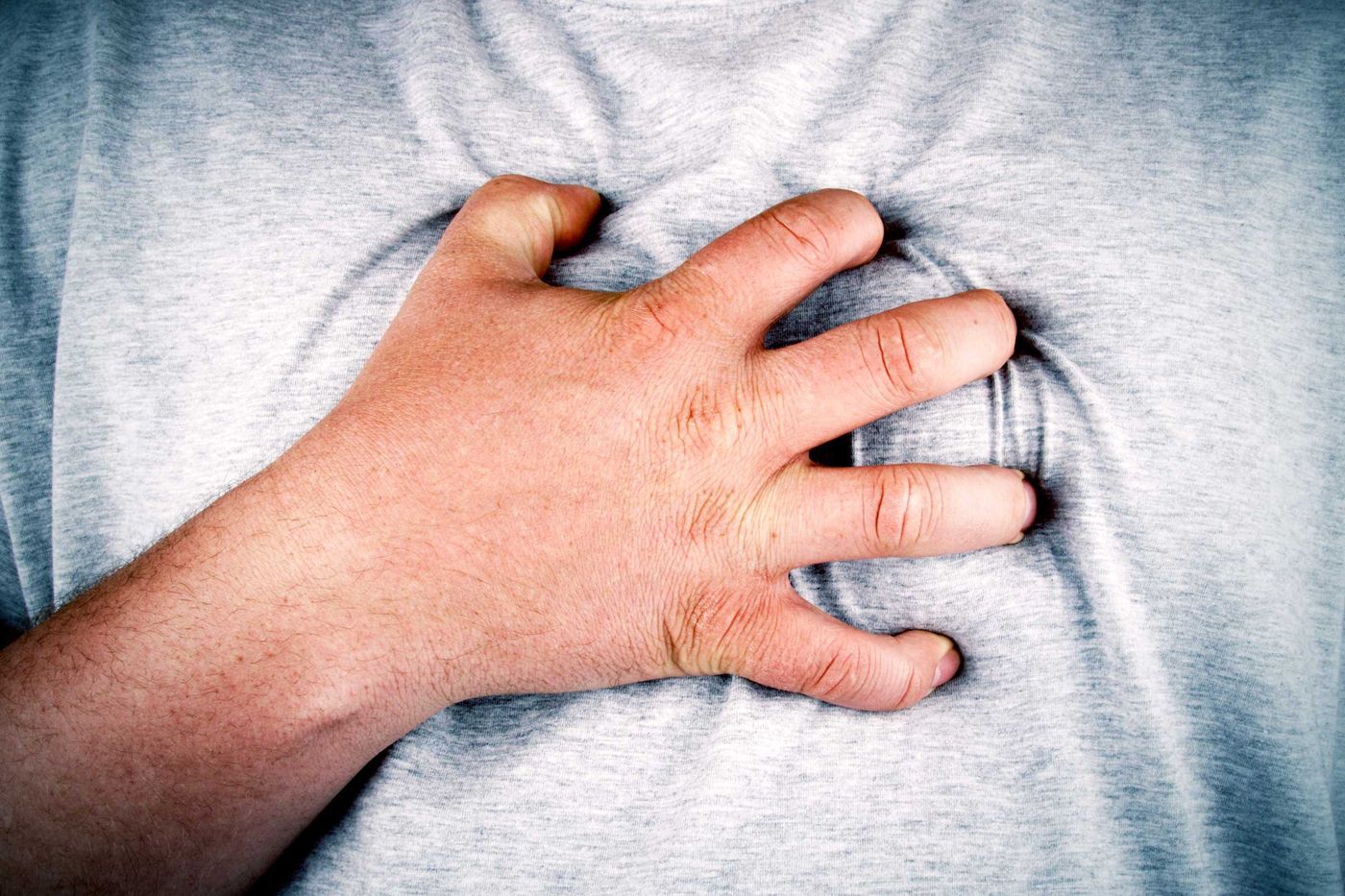Preventing A Heart Attack From Becoming Heart Failure
Sometimes a heart attack leads to heart failure later in life, and sometimes it doesn’t. Scientists are concentrating on identifying what goes wrong, so they can make sure more people are heart failure-free than not following recuperation from a heart attack.
During heart failure, the immune system causes a massive amount of irreparable damage, ironically done in an attempt to heal damaged heart tissue after an adverse cardiac event, like a heart attack. An inflammatory cascade ultimately ends in fibrosis of the heart muscle, meaning healthy heart tissue is turned into stiff, scar-like tissue - good for a cut on the skin, bad for the heart.
"We are hoping to harness the immune system in order to improve the balance between scar formation and regeneration after a heart attack," said co-senior author Jonathan A. Epstein, MD. "The more we look, the more we discover that the immune system is regulating how we heal from injury in every way."
From the University of Pennsylvania School of Medicine, in a study published in the Journal of Clinical Investigation, researchers focused on what makes a heart attack turn into heart failure. From past research they knew of the Hippo pathway: a series of protein-to-protein interactions in the epicardial layer of the heart. Hippo pathway signaling proteins YAP and TAZ stimulate the birth of heart muscle cells during early development and the rebirth of cells after damage is done to an adult heart.
Their own study in mice led to the discovery of a precise role for YAP and TAZ: preventing the immune system from going overboard after a heart attack. They came to this conclusion after experimentally inducing heart attack in adult mice without functional YAP and TAZ genes, which caused a severe amount of inflammation and fibrosis in the heart muscle. This was compared to induced heart attacks in healthy mice, where there was a negligible amount of inflammation and fibrosis.
"We found that this extreme fibrotic response was accompanied by a decline in heart function resembling what is seen in human heart failure, as well as rapid weight loss and a much higher death rate,” explained co-senior author Rajan Jain, MD.
They also found out the mechanism behind YAP and TAZ soothing the immune system. It turns out that these Hippo pathway proteins stimulate overexpression of an immune protein called interferon gamma, which then recruits regulatory T cells to the damaged heart muscle to prevent the immune response from running out of control.
"These findings highlight the importance of the heart's interaction with the immune system in the post-heart-attack response," Jain said. "They hint at the possibility of developing designer therapies aimed at modulating specific aspects of immune system in the future as part of treating patients who have had a heart attack."
Epstein, Jain, and the rest of their team are already planning new studies that might get them closer to “designer therapies.” In the future, they plan on learning more about how the immune system leads to the development of scar tissue in a heart attack-damaged heart with the intention of uncovering new methods of preventing heart attack patients from developing heart failure. Also, what happens when YAP and TAZ are not only present, but overexpressed?









